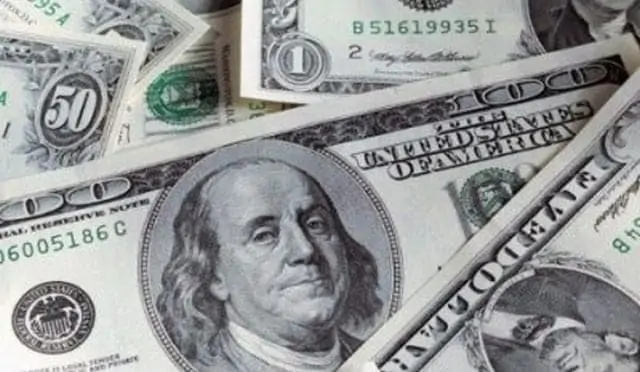As more countries look for ways to rely less on the U.S. dollar, tracking real shifts in reserves and trade is becoming more important than ever for FX traders.
A recent study by The Forex Complex has revealed the countries advancing de-dollarization based on three indicators: estimated U.S. dollar share of foreign reserves, gold’s share of foreign reserves, and active alternative currency trade agreements. Alternative trade use was recorded as a binary variable. Finally, de-dollarization scores were calculated for each country, ranking them in descending order.
France leading the way out of the USD
France ranks first with a de-dollarization score of 69.66. It leads with 72.2% of its foreign reserves held in gold, much more than any other country. It also actively uses alternative currencies in trade. Compared to other countries, France’s strong gold reserves and trade moves make its shift away from the dollar the most complete.
Argentina follows in second with a de-dollarization score of 53.25. It holds 61.7 metric tons of gold, far less than France, and its gold share is only 17.5%. Its U.S. dollar reserves are much higher, around $22.8 billion. Like France, Argentina uses alternative currencies in trade, but it leans more on changing trade deals than building up gold reserves.
“What we’re witnessing is not an abrupt abandonment of the dollar, but a strategic realignment of reserves and trade practices toward greater balance,” said a source at The Forex Complex. “Gold’s growing share in reserves and the rise of local currency trade deals are early signs of a broader recalibration of international finance structures. Countries are prioritising resilience over dependence, signalling a long-term shift that is gaining momentum even if it remains understated in global headlines.”
The study aimed to identify countries leading in de-dollarization by measuring shifts in foreign currency reserve composition, trade currency usage and diversification strategies. To do so, The Forex Complex developed a composite scoring system using publicly accessible and verifiable economic indicators. The model was designed to highlight structural rather than rhetorical moves away from the U.S. Dollar.
Singapore using alternative currencies for trade
Also in the top five are Singapore, Brazil and Indonesia. Singapore is the third country rethinking dollar dependence, scoring 48.24. Singapore’s 4.8% gold share is lower than Argentina’s, but like Argentina, it actively uses alternative currencies. Its U.S. dollar reserves are at about $379 billion, much higher than both France and Argentina. showing that its efforts focus more on trade than on reshaping reserve holdings.
Brazil follows closely in fourth with a score of 47.79%. It holds 129.6 metric tons of gold, with a gold share of just 3.3%. Its U.S. dollar reserves are about $336 billion, close to Singapore’s level. Brazil also focuses on trade changes, actively using alternative currencies, but with even smaller gold backing compared to Singapore.
The Forex Complex said that the primary indicator in the scoring model is the estimated share of a country’s foreign exchange reserves held in U.S. Dollars. While the International Monetary Fund’s COFER database does not provide country-level figures, The Forex Complex used regional data and adjusted estimates based on known trade relationships, politcal alignments and publicly disclosed changes in reserve management. The variable is weighted at 40% due to its central relevance to de-dollarization.
